TV
Six – Grade: B-
The History Channel, which stopped being a spot on the dial to mostly air historical series/documentaries years ago, is a cable channel without a strong identity. On the one hand it’s a bit like the Discovery Channel that airs these niche reality series like American Pickers and Pawn Stars. On the other it’s a channel that also airs the scripted series Vikings which feels like a FX show. And because of this The History Channel is this weird amalgam channel that really hasn’t felt like a true destination in, quite frankly, forever. Into this jumbled identity was launched the new dramatic series Six last week, which feels like it would fit on a channel like TNT more than The History Channel. While I don’t think Six hurts the identity of The History Channel, it doesn’t help it either.
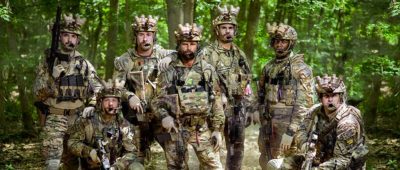
In a scene right out of the last act of the film Zero Dark Thirty, Six begins in Afghanistan in 2014 where members of SEAL Team Six are raiding a compound looking for a Taliban leader. When I say “right out of” I mean “right out of,” right down to the way the soldiers stalk through the compound, the intercutting of the grainy night vision footage and even some of the ways the firefights play out. Six does differ in that they don’t catch their man and squad leader Richard ‘RIP’ Taggart (Walton Goggins) executes one of the prisoners who just so happens to be an American collaborator in frustration. Cut to present day. RIP has left the armed forces for a security job in Nigeria and is a wreck of a man. His old squad, now led by Joe ‘Bear’ Graves (Barry Sloane) are having problems of their own with team members wanting to leave for the private sector and more money and animosity over how RIP ended up quitting the service. But when RIP is guarding a visit to a school by a dignitary and is kidnapped along with all the schoolgirls there by terrorists, his SEAL Team Six buddies are all first in the line to go off and rescue him.
Six isn’t a bad show, it’s just so heavy handed that it lacks all subtly. Which isn’t necessarily a negative thing but it makes Six a bit of a slog to watch. In between scenes of the SEAL Team Six members, not so much talking to one and other but grunting and slamming each other into lockers because they’re mad about this or that, there wasn’t a lot of room other than just the guys with muscles and guns part of the story which I can see getting really old really fast.
A series that set the mold Six is following was the CBS series The Unit which ran 2006–2009. I thought that show did a good job of mixing up the story between the adventures the characters in the show went on, here Delta Force Operators, with their home life and even their wives and kids at home. I can see how Six is trying to do this with character’s wives and families playing a part in the show, but most of the secondary characters of Six felt more like TV characters than real people which made me wonder how many more episodes of Six I’d be able to keep up with before bailing to watch something with a little more substance.
The Good Place first season – Grade: A-
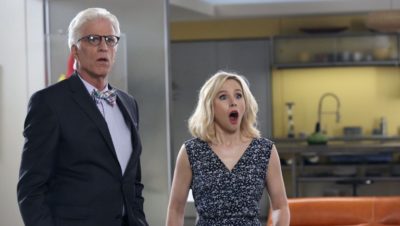 The first season of the NBC comedy The Good Place ended last week. This series about a woman named Eleanor (Kristen Bell) who dies and is supposed to go to “the bad place” but accidentally ends up in “the good place” was quite enjoyable. Most of the series dealt with Eleanor trying to become a better person so she could stay in the good place with help from neighbor Tahani (Jameela Jamil) and soul-mate Chidi (William Jackson Harper) with otherworldly good place director Michael (Ted Danson) alternately trying to figure out what’s making the good place that should be perfect out of wack, then trying to figure out what to do with Eleanor after she reveals that she doesn’t belong there.
The first season of the NBC comedy The Good Place ended last week. This series about a woman named Eleanor (Kristen Bell) who dies and is supposed to go to “the bad place” but accidentally ends up in “the good place” was quite enjoyable. Most of the series dealt with Eleanor trying to become a better person so she could stay in the good place with help from neighbor Tahani (Jameela Jamil) and soul-mate Chidi (William Jackson Harper) with otherworldly good place director Michael (Ted Danson) alternately trying to figure out what’s making the good place that should be perfect out of wack, then trying to figure out what to do with Eleanor after she reveals that she doesn’t belong there.
I liked The Good Place enough but it was one of those series that I could take or leave. I watched it every week, but if it was cancelled and disappeared from NBC’s lineup I wouldn’t have been too upset. That was until I watched the brilliant finale that showed the entire first season of episodes in a new light. The ending was so brilliant/mind-bending/twisting that it makes me want to watch the first season of The Good Place all over again just to see what I had all missed.
Santa Clarita Diet TV spot
https://www.youtube.com/watch?v=xjRnbOgoAUQ
Movies
Logan movie trailer
“We’ve got ourselves an X-Men fan. Maybe a quarter of it happened, and not like this.”
The Reading & Watch List
- The Milky Way’s Stolen Stars
- How some cool silent film effects were done
- Prince didn’t own any stocks when he died — but he did own over $800,000 in gold bars
This week in pop-culture history
- 1994: The TV series Babylon 5 debuts
- 2002: The Mothman Prophecies opens in theaters
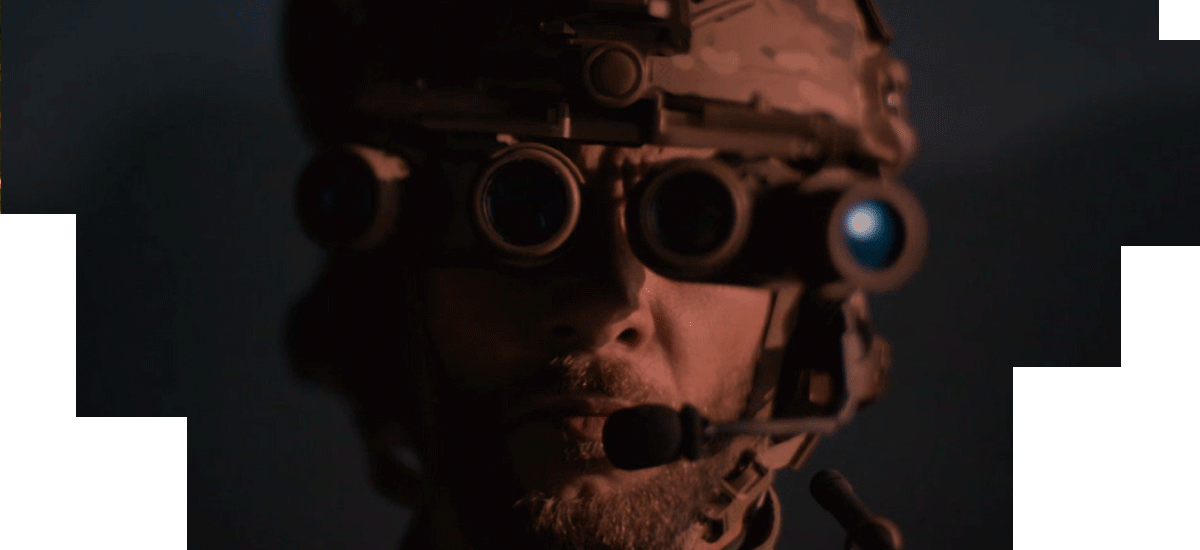
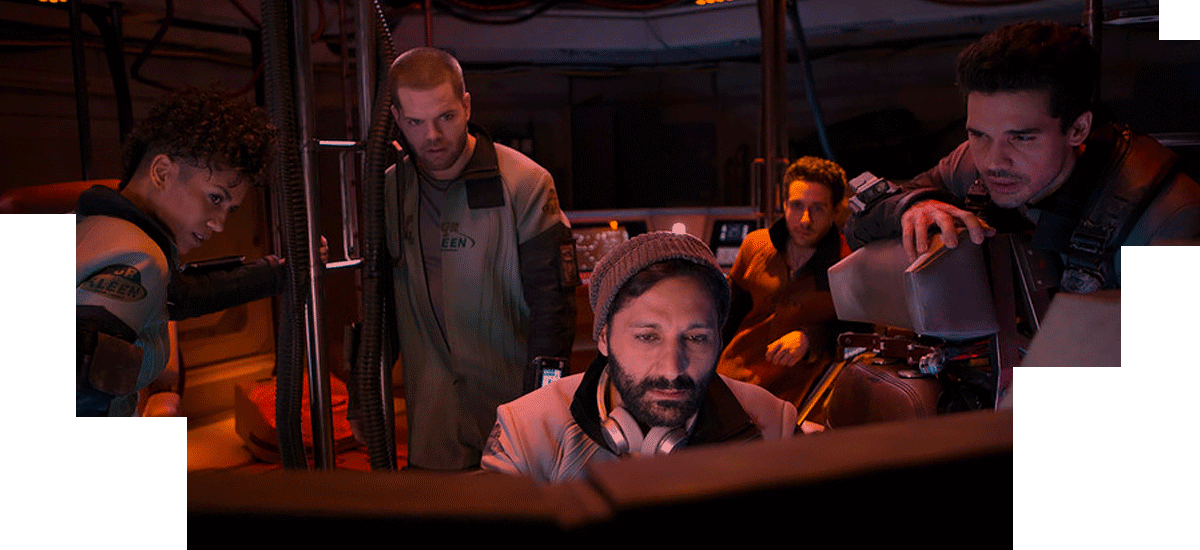
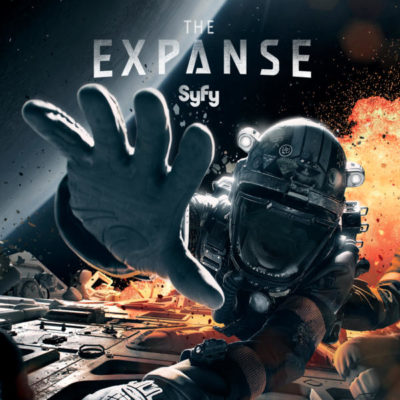 Most sci-fi futures are in place to contrast our own. That’s why I think the future depicted in the SyFy series The Expanse is so interesting — unlike the rest of sci-fi the future in that show is much like our present. It’s almost like the message of The Expanse is, “The future will be exactly like the present which means things will still kind’a suck.”
Most sci-fi futures are in place to contrast our own. That’s why I think the future depicted in the SyFy series The Expanse is so interesting — unlike the rest of sci-fi the future in that show is much like our present. It’s almost like the message of The Expanse is, “The future will be exactly like the present which means things will still kind’a suck.”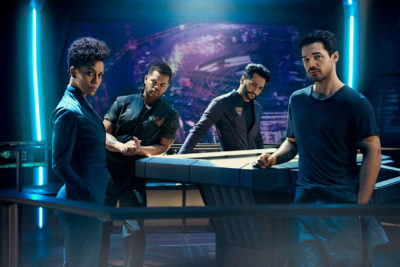
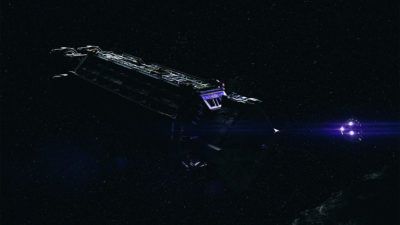
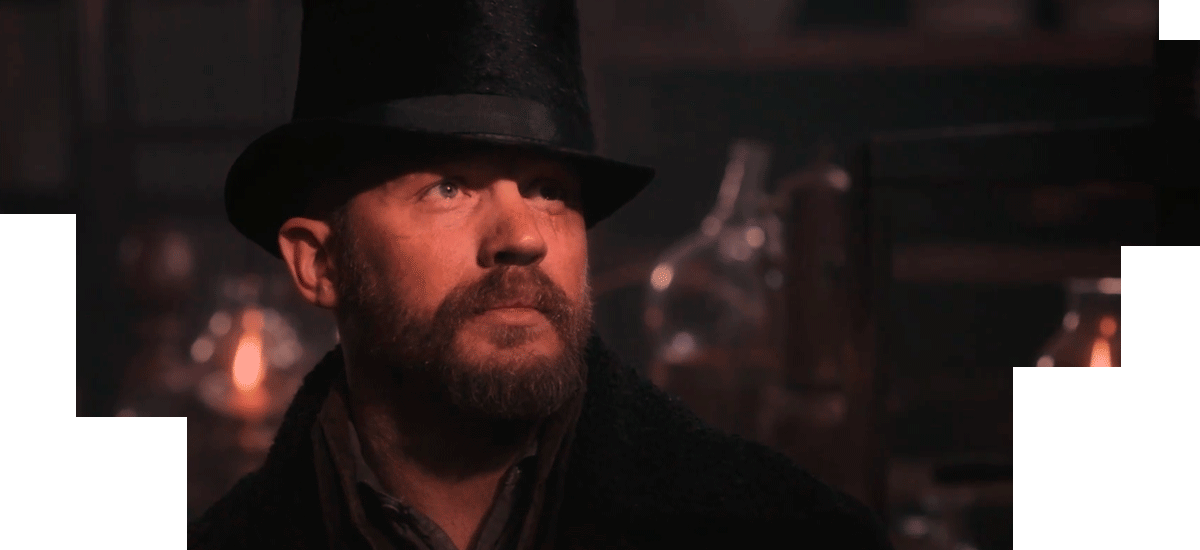
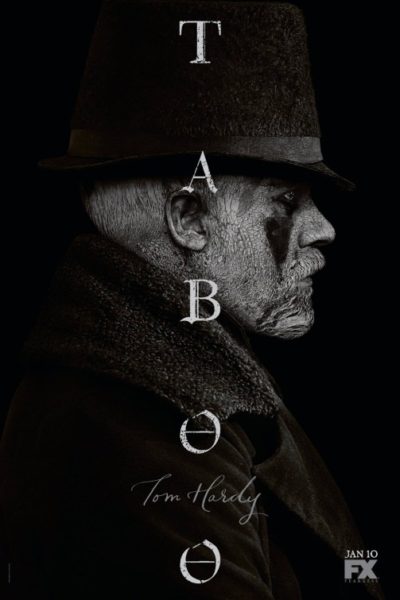 In Taboo it’s 1814 and Hardy stars as Englishman James Keziah Delaney who’s returned home mysteriously from Africa after his father’s death. Everyone, including Delaney’s sister Zilpha (Oona Chaplin), thought he was dead since the ship he traveling on to Africa sunk and he was missing the last 12 years. But Delaney didn’t die, he spent that time “living in the jungles” with the natives learning their ways. And now he’s returned home a rich man with a satchel of precious stones he buries in a rainy field in the opening scene of the series. But Delaney’s return has caused all sorts of problems when land that his father owned in North America was going to be sold to the East India Company now belong’s to Delaney as does his other father’s holdings which throws all sorts of deals into question. And when it turns out that the father was murdered, poisoned over a long period of time, it’s a question of whether or not the murderer will strike Delaney next, or if Delaney and his explosive anger that’s simmering just under the surface will destroy the conspirators.
In Taboo it’s 1814 and Hardy stars as Englishman James Keziah Delaney who’s returned home mysteriously from Africa after his father’s death. Everyone, including Delaney’s sister Zilpha (Oona Chaplin), thought he was dead since the ship he traveling on to Africa sunk and he was missing the last 12 years. But Delaney didn’t die, he spent that time “living in the jungles” with the natives learning their ways. And now he’s returned home a rich man with a satchel of precious stones he buries in a rainy field in the opening scene of the series. But Delaney’s return has caused all sorts of problems when land that his father owned in North America was going to be sold to the East India Company now belong’s to Delaney as does his other father’s holdings which throws all sorts of deals into question. And when it turns out that the father was murdered, poisoned over a long period of time, it’s a question of whether or not the murderer will strike Delaney next, or if Delaney and his explosive anger that’s simmering just under the surface will destroy the conspirators.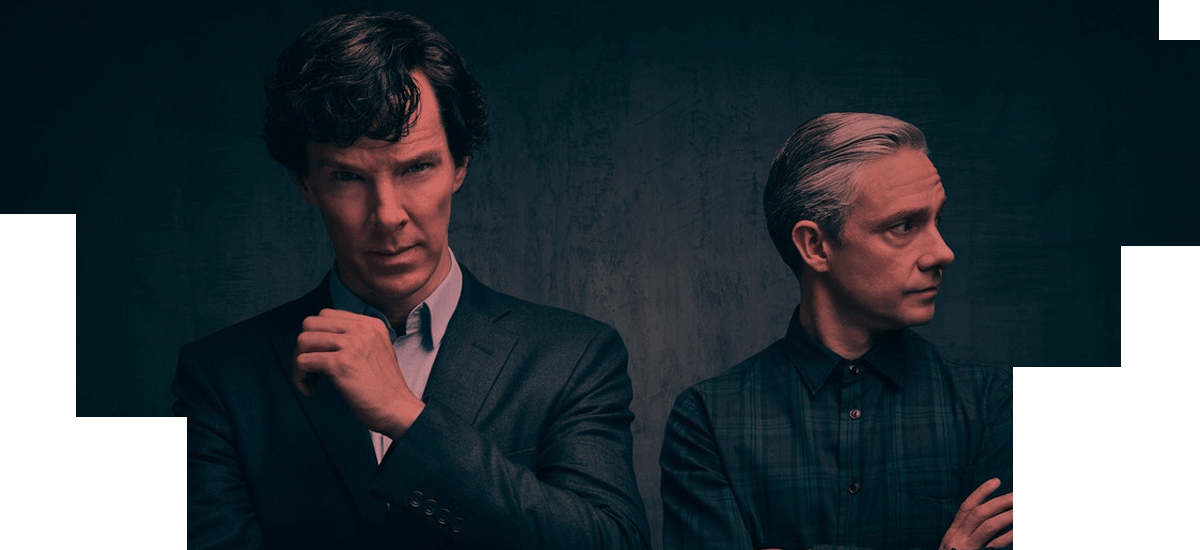

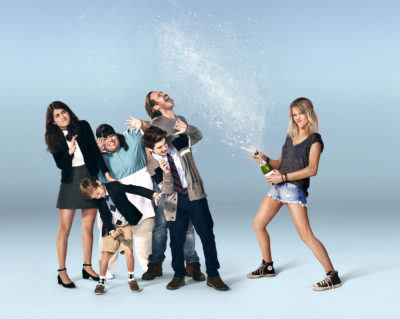 The first two episodes of the new Fox comedy The Mick premiered last week. The show, about Mackenzie Murphy (Kaitlin Olson) who’s forced to raise her spoiled niece and nephews after her sister and husband flees the country ahead of a federal indictment is all right, if I get the feeling this has all been done before. The Mick is equal parts Arrested Development — a family member is forced to swoop in help out their extremely wealthy family after the feds find that wealth was gotten by less than legal means — by way of the raunchy over the top humor of It’s Always Sunny in Philadelphia. It doesn’t help matters that the Mackenzie character here Olson plays is essentially the same character she plays on It’s Always Sunny in Philadelphia. Heck, The Mick might actually be interesting if it were a spin-off of that show since there doesn’t seem to be a lot of originality going on in here.
The first two episodes of the new Fox comedy The Mick premiered last week. The show, about Mackenzie Murphy (Kaitlin Olson) who’s forced to raise her spoiled niece and nephews after her sister and husband flees the country ahead of a federal indictment is all right, if I get the feeling this has all been done before. The Mick is equal parts Arrested Development — a family member is forced to swoop in help out their extremely wealthy family after the feds find that wealth was gotten by less than legal means — by way of the raunchy over the top humor of It’s Always Sunny in Philadelphia. It doesn’t help matters that the Mackenzie character here Olson plays is essentially the same character she plays on It’s Always Sunny in Philadelphia. Heck, The Mick might actually be interesting if it were a spin-off of that show since there doesn’t seem to be a lot of originality going on in here.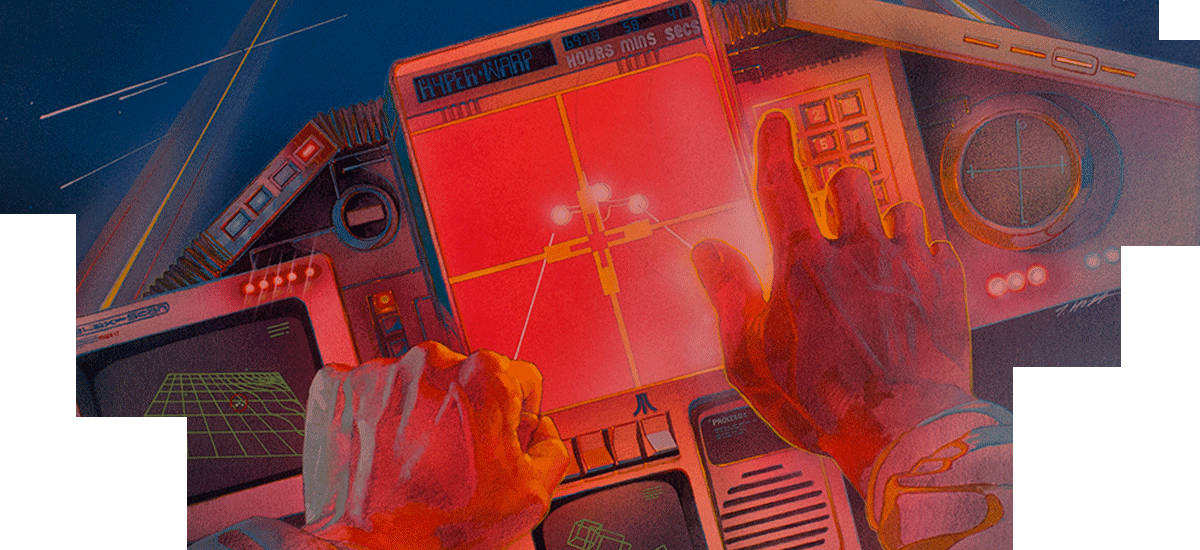
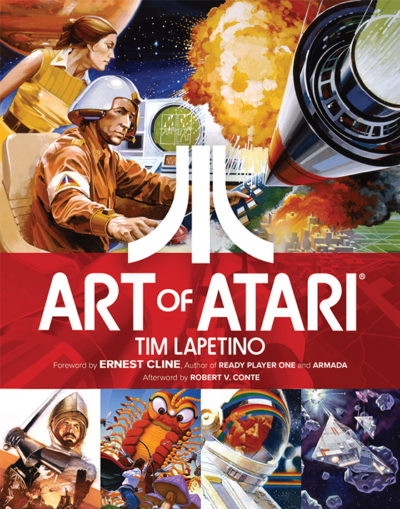
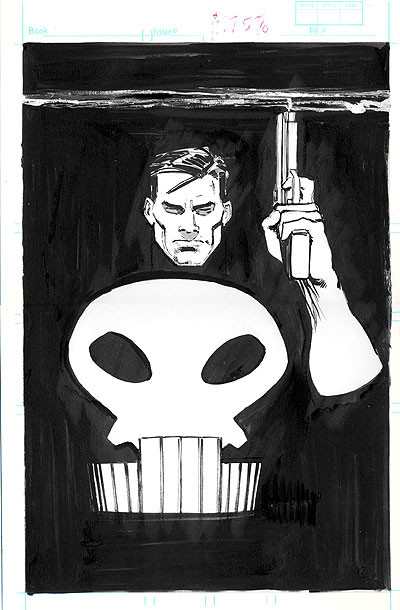 My favorite comic book character who returned after a long absence: The Punisher.
My favorite comic book character who returned after a long absence: The Punisher.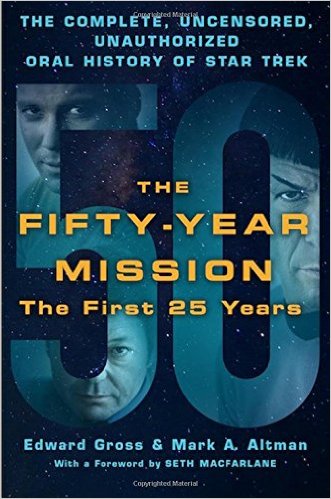 I’d always assumed that the making of the Star Trek TV series was mostly easy. Or easier than it seems like it is with other series, especially since the show was in production for 18 years from 1987 to 2005. But I was surprised to learn how wrong I was after having read the two volume The Fifty-Year Mission… that chronicles all things Star Trek from before the first series debuted in 1966 to the last Enterprise and all the movies as well. I’d known how dysfunctional the original Star Trek set was in the 1960s, but I had no idea how dysfunctional all the sets were. It seems like whenever there’s even the hint of success for someone, someone else already in power’s going to get jealous, and when that happens it means trouble for everyone else down the line.
I’d always assumed that the making of the Star Trek TV series was mostly easy. Or easier than it seems like it is with other series, especially since the show was in production for 18 years from 1987 to 2005. But I was surprised to learn how wrong I was after having read the two volume The Fifty-Year Mission… that chronicles all things Star Trek from before the first series debuted in 1966 to the last Enterprise and all the movies as well. I’d known how dysfunctional the original Star Trek set was in the 1960s, but I had no idea how dysfunctional all the sets were. It seems like whenever there’s even the hint of success for someone, someone else already in power’s going to get jealous, and when that happens it means trouble for everyone else down the line.